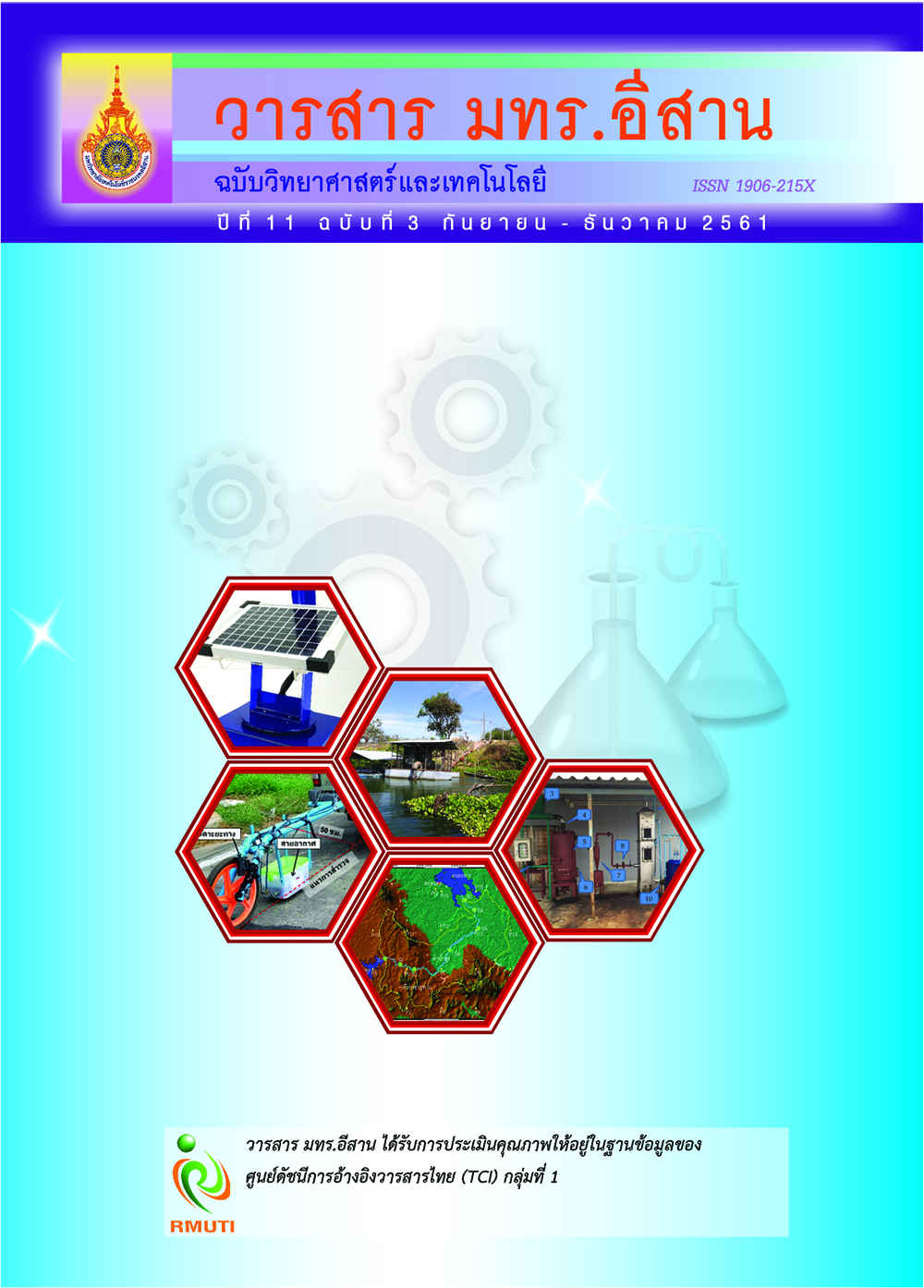Getting Lost Monitoring System for the Elderly Patients
Main Article Content
Abstract
Nowadays aging population groups were increasing rapidly. There could be many problems
that the elderly people might face such as illness, physical and metal diseases. One of the
major problems was Alzheimer’s disease that was misplacing things, having problem with loss
of memory and wandering. Those signifi cantly impacted quality of life for caregivers.
This research developed the monitoring system for the elderly patients. The development
was implemented for smartphones using Android Operating System for caregivers. Geo-fence
was used to locate the areas stored in the server and monitor the patient’s entry and exit of
the fence with GPS technology which identified the current location of the patients in real-time
and stored the location in a Firebase database. Moreover, this system will send an alert via
smartphones to the caregivers when the patients were outside the virtual fence. The test
results in this situation showed that if the patient’s entering or exiting the fence, the system
can send the short messages and sound to the caregivers within 5 minutes. The advantages
of this application were self-care service and reducing the burden on healthcare cost such as
employing nurses to take care of the patients at home or sending the patients to healthcare.
This system can be applied to other fi elds related to the monitoring of people and animals.
Article Details
References
[2] Tancharoenrat, A. (2010). Alzheimer Disease. Journal of Education Naresuan University. Vol. 12, No. 2, pp. 169-182
[3] Rajesh, K. M., Goutham, P., Vivek, J., Galla, M., and Athul, A. T. (2014). Smartphone Based Continuous Monitoring System for Home-bound Elders and Patients. In 2014 International Conference on Communication and Signal Processing. pp. 1173-1177. DOI: 10.1109/ICCSP.2014.6950039
[4] Cristian, R., Hariton, C., Gladiola, A., Razvan-Alin, C., and Felix, A. (2011). An Integrated System for Wireless Monitoring of Chronic Patients and Elderly People. In 15th International Conference on System Theory, Control and Computing (ICSTCC). pp. 1-4
[5] Rodríguez, M. J., Maria, T. A., Francisco, G., Gómez, E. J., Andrés, M., and Dopico, A. (1995). A Home Telecare Management System. Journal of Telemedicine and Telecare. Vol. 1, Issue 2, pp. 86-94. DOI: 10.1177/1357633X9500100204
[6] Surasak, W., Korawat, T., and Watsawee, S. (2015). I’m Wandering: A Prototype Wandering Management System Using Geo-Stream Technique. Industrial Technology Lampang Rajabhat University Journal. Vol. 8, No. 2, pp. 112-121
[7] Reclus, F. and Drouard, K. (2009). Geofencing for Fleet & Freight Management. In 2009 9th International Conference on Intelligent Transport Systems Telecommunications, (ITST). pp. 353-356. DOI:
10.1109/ITST.2009.-5399328
[8] Boonchom Srisa Ard. (2013). Statistical Methods for Research. 5th edition. Bangkok: Suweeriyasan.
[9] Akira, S. and Ushio, I. (2016). Using Geofencing for a Disaster Information System. Graduate School of Engineering Tokyo Denki University Tokyo, Japan.


